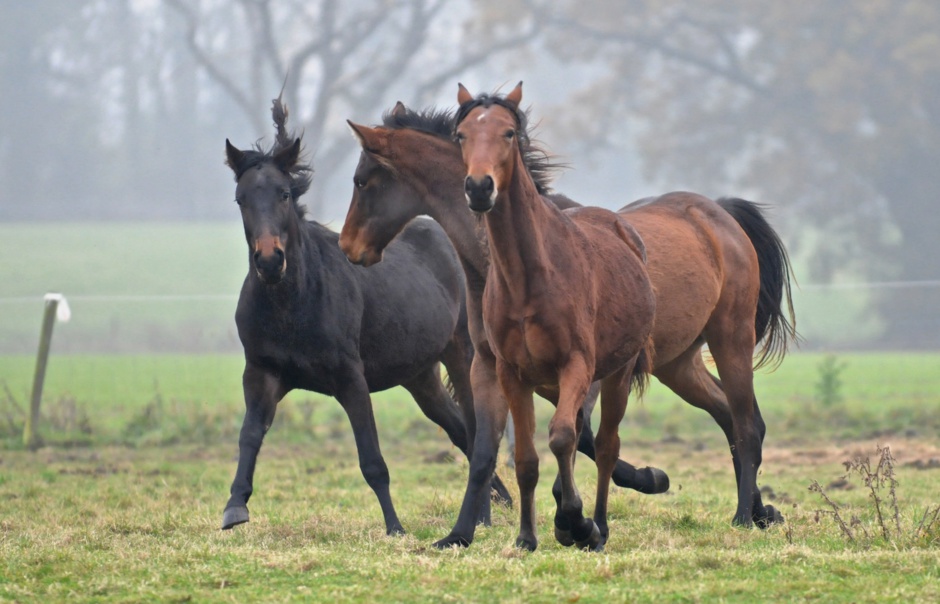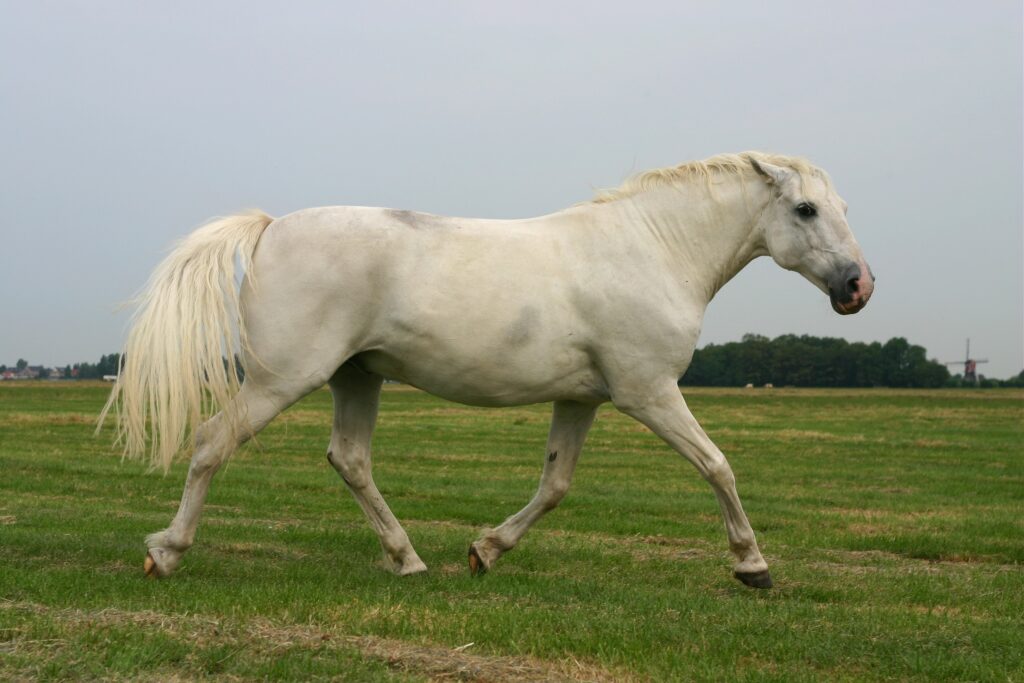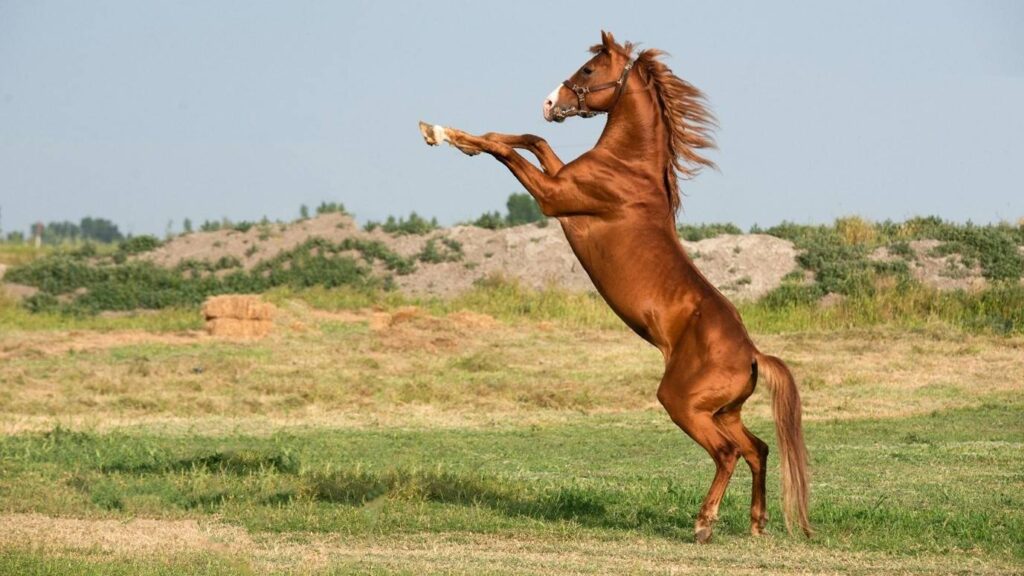Training a horse to navigate obstacles effectively is a rewarding endeavor for both the horse and the rider. Understanding how to train horse for obstacles is essential for any equestrian looking to enhance their horse’s agility, confidence, and trust. This skill not only improves your horses performance in competitive settings but also strengthens your bond with them.
In this guide, we will delve into the methods of training your horse to handle obstacles with ease. From understanding the basics to implementing advanced techniques, this comprehensive article will enlighten you on everything you need to know about obstacle training.

Understanding Your Horses Behavior
Before starting the training process, it is crucial to understand your horse’s natural behavior and instincts. Horses are prey animals, meaning they can be naturally wary of unfamiliar objects or situations. This instinct can affect their response to obstacles.
The Importance of Trust
Building trust is the foundation of any successful training program. When your horse trusts you, they are more likely to approach obstacles with confidence. For tips on gaining your horse’s trust, check out this guide on gaining a horses trust.
Getting Started with Obstacle Training
Starting with the basics is essential to ensuring a smooth learning curve for your horse. Begin by assessing your horse’s current skill level and comfort with various obstacles.
Basic Obstacle Techniques
Introduce simple obstacles such as poles on the ground, cones, or barrels. Allow your horse to familiarize themselves with these objects without any pressure.
Gradual Exposure
Gradually increase the complexity of the obstacles as your horse becomes more comfortable. Consistent exposure without overwhelming them is key to building their confidence.
Advanced Obstacle Training
Once your horse has mastered basic obstacles, its time to move on to more advanced training techniques.
Incorporating Variety
Introduce a variety of obstacles to challenge your horse. This could include jumps, water crossings, or narrow pathways. Each new obstacle teaches your horse to adapt and problem-solve.
Desensitization Techniques
Desensitization is crucial for helping your horse remain calm in new situations. Learn more about desensitization techniques that can aid in this process.
Common Challenges and How to Overcome Them
During training, you may encounter several challenges. Understanding these potential hurdles can help you address them effectively.
Dealing with Fear
Fear is a common challenge when introducing horses to new obstacles. Patience and positive reinforcement can help alleviate this fear and build your horses confidence.
Maintaining Motivation
Keeping your horse motivated can sometimes be difficult. Introducing rewards and varying routines can keep training sessions engaging and enjoyable.
The Role of Consistency and Patience
Consistency and patience are vital components in any training program. Regular practice and gradual progress help reinforce learning and build strong habits.
Setting Realistic Goals
Setting achievable goals ensures that you and your horse experience consistent progress. Celebrate small victories along the way to maintain motivation.
Regular Training Sessions
Engage in regular training sessions to reinforce learned skills. Discover more on structuring training sessions effectively.
Conclusion
Training a horse to navigate obstacles is a fulfilling journey that enhances their capabilities and your partnership. With the right techniques, patience, and understanding, you can achieve incredible results. To explore more in-depth methods, visit this external resource for additional insights.

FAQs
How do I start training my horse for obstacles?
Begin with basic obstacles and gradually introduce more complex ones as your horse becomes comfortable. Consistency and patience are crucial.
What are common obstacles used in horse training?
Common obstacles include poles, barrels, jumps, and water crossings. These vary in complexity and help develop different skills.
Why is trust important in horse training?
Trust ensures that your horse feels safe and confident, making them more willing to tackle new challenges.
This article contains affiliate links. We may earn a commission at no extra cost to you.







